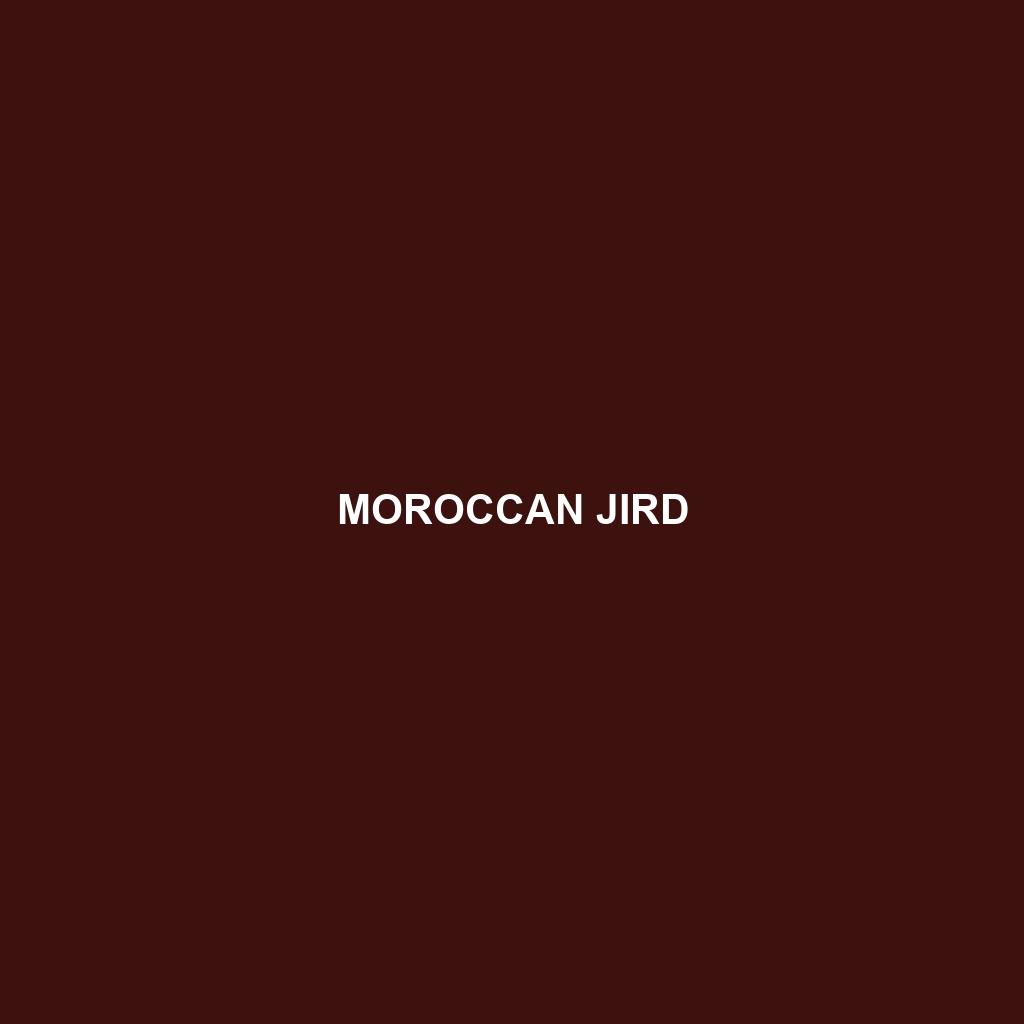Moroccan Jird – A Detailed Species Description
Common Name: Moroccan Jird
Scientific Name: Meriones shawi
Habitat
The Moroccan Jird is primarily found in the arid and semi-arid regions of North Africa, particularly in Morocco and parts of Algeria. This species typically inhabits sandy deserts, scrublands, and areas with sparse vegetation. The Moroccan Jird thrives in environments that offer both shelter and food sources, such as fields of wild grains and areas with loose soil for burrowing.
Physical Characteristics
The Moroccan Jird is a medium-sized rodent, measuring approximately 20 to 25 cm in length, not including the tail, which can add another 25 cm. Its fur is generally a sandy brown color, blending seamlessly with its desert surroundings, which provides excellent camouflage. Notable features include large ears, long whiskers, and a slender, elongated body. The Jird possesses strong hind legs adapted for jumping, allowing it to move quickly across sandy terrain.
Behavior
Moroccan Jirds are primarily nocturnal, becoming active during the cooler hours of the night when they forage for food and socialize. They are known for their high levels of agility and their ability to dig extensive burrow systems for nesting and storing food. Social in nature, these rodents often live in colonies, demonstrating intricate social behaviors and communications through chirps and squeaks.
Diet
The diet of the Moroccan Jird primarily consists of seeds, plants, and roots, making it an important granivore within its ecosystem. Its feeding habits extend to succulent plants, particularly during the dryer months when moisture is scarce. The ability to find and store food in their burrows contributes to their survival in harsh desert conditions, and they often hoard seeds to sustain them through difficult periods.
Reproduction
Moroccan Jirds have a breeding season that generally spans from late winter to early summer. A single female can produce several litters each year, usually containing 3 to 6 pups. After a gestation period of roughly 23 days, the pups are born altricial, meaning they are born hairless and blind. The young jirds are weaned after about three weeks and are capable of independent living within a month.
Conservation Status
As of the latest assessments, the Moroccan Jird is considered to be of least concern by the International Union for Conservation of Nature (IUCN). However, habitat destruction due to agriculture and urbanization poses potential threats. Continuous monitoring is essential to ensure the stability of their populations.
Interesting Facts
One fascinating aspect of the Moroccan Jird is its ability to survive long periods without drinking water. This is largely due to its diet, which provides sufficient moisture. Additionally, they have been known to exhibit playful behaviors, often seen jumping and chasing one another, which enhances their social interactions.
Role in Ecosystem
The Moroccan Jird plays a crucial role in the ecosystem as a seed disperser. By foraging for seeds and subsequently excreting them in different locations, they help in promoting plant growth across their habitat. They also serve as prey for various desert predators, making them an integral component of the food web.
